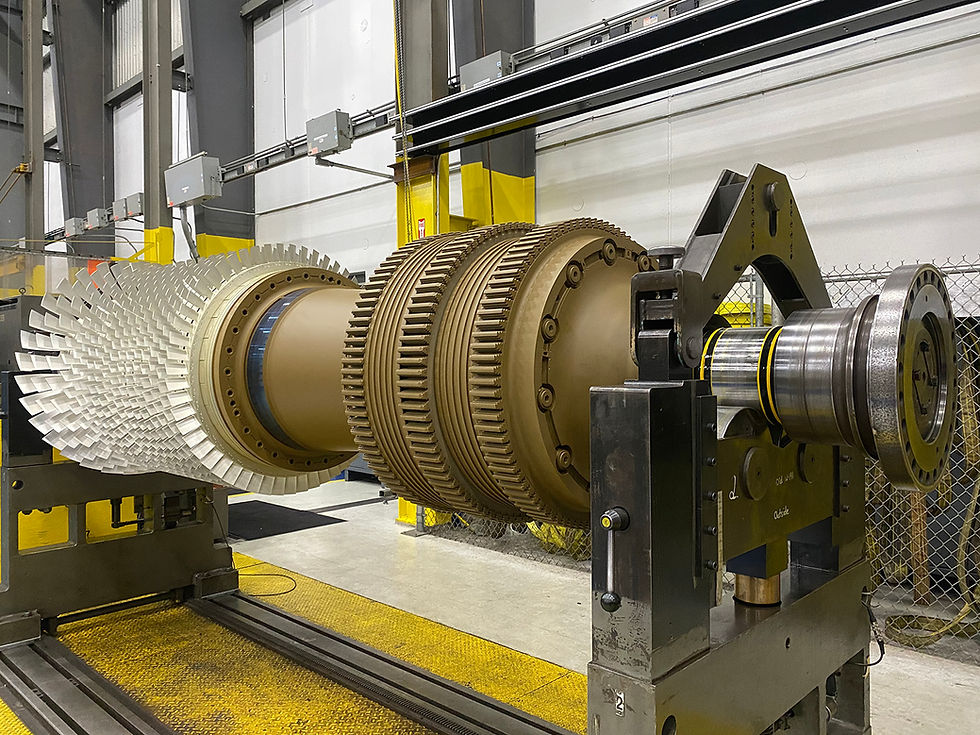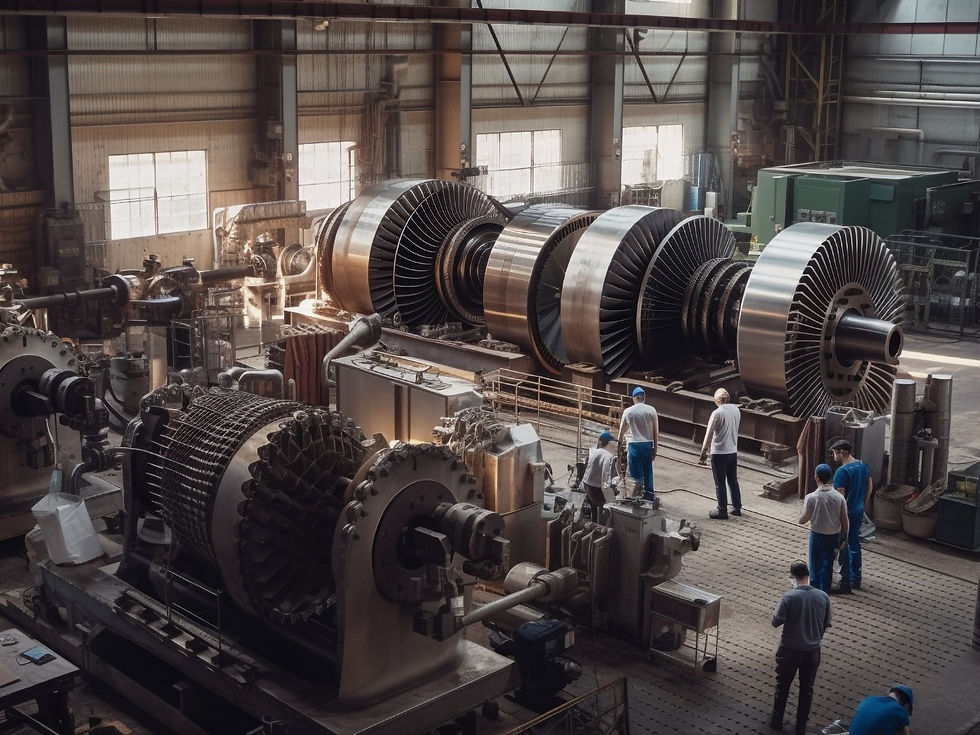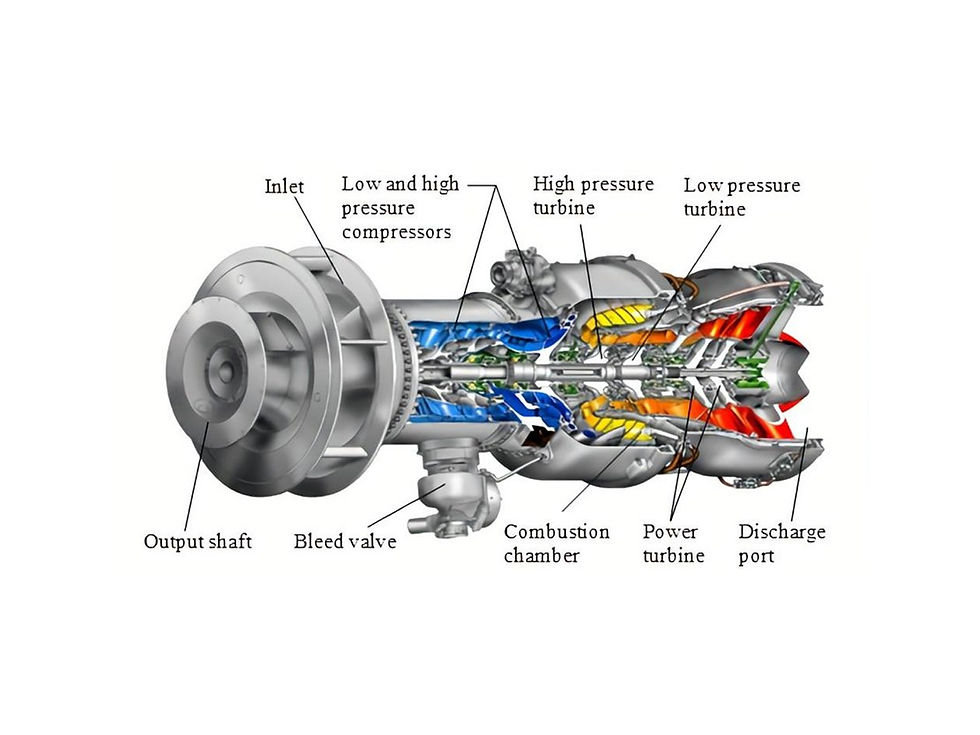Inside the Engine: Exploring the Essential Components of Gas Turbine Technology
- bvlturbineparts
- Oct 31, 2023
- 2 min read
Gas turbines, often referred to as jet engines, are remarkable machines known for their efficiency, power, and versatility. These engines are used in various applications, from aviation to power generation. To truly understand the magic that happens inside a gas turbine, it's crucial to dissect and explore the fundamental components of gas turbine technology that make it all possible.
The Core Components of Gas Turbine Technology
Compressor: The First Stage of Power
The journey through a gas turbine begins with the compressor. Its primary role is to compress incoming air, increasing its pressure and directing it toward the combustion chamber. This component is crucial for ensuring an adequate supply of air for the combustion process.
Turbine: Transforming Energy into Mechanical Work
The turbine is where the real magic happens. As high-pressure, high-temperature air enters the combustion chamber and mixes with fuel, it ignites to create a high-energy flow of gases. The energy generated from this combustion process drives the turbine, turning it into mechanical work and, in turn, powering the entire system.
The Combustion Chamber: Where Fire Meets Air
The combustion chamber is the heart of a gas turbine engine. It's where fuel, typically jet fuel or natural gas, is introduced and ignited. The high-energy combustion gases then flow to the turbine, creating the necessary force to turn it.

The Power Generation or Propulsion Section: The Workhorse
Whether used for power generation or propulsion, the power generation or propulsion section is where the turbine's mechanical work is harnessed. In power generation applications, this energy may be used to turn an electrical generator. In aviation, it propels an aircraft forward.
The Importance of Precision and Materials
In a gas turbine, precision engineering and the selection of robust materials are paramount. The components must withstand extreme temperatures and high rotational speeds. Advanced materials, such as superalloys and ceramic composites, are commonly used to ensure durability and performance.
Efficiency and Environmental Considerations
Gas turbines are celebrated for their efficiency in converting fuel into mechanical work, but they are also recognized for their environmental advantages. They produce fewer emissions compared to traditional engines, making them more environmentally friendly.
Maintenance and Care
Proper maintenance is essential to keep gas turbines operating at peak performance. Regular inspections, cleaning, and repairs are critical to extending the lifespan and ensuring safe and efficient operation.
Conclusion: Unlocking the Power of Gas Turbines
Gas turbine technology is a marvel of engineering, featuring a harmonious interplay of components designed to harness energy from combustion and transform it into useful work. Understanding the components of gas turbine technology provides insight into the inner workings of these powerful engines, which have revolutionized industries ranging from aviation to energy production. Whether you're an engineer or simply curious about the technology that drives modern transportation and power generation, exploring the inner workings of gas turbines is a fascinating journey into the world of mechanical and aerospace engineering.



Comments